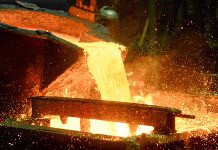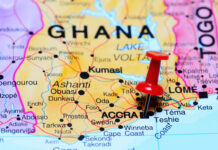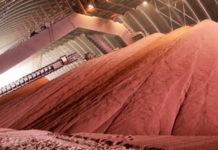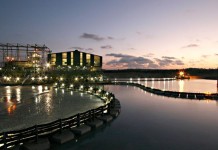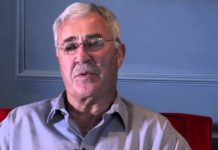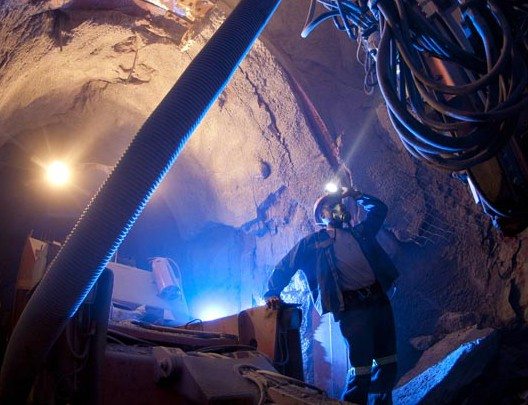
DIVERSIFICATION and a policy of going for ‘high risk, high reward’projects are the two key strategies underlying Master Drilling’s business approach according to CEO and founder, Danie Pretorius.
Speaking at a presentation of the company’s results for the year to end-December in Johannesburg, Pretorius indicated Master Drilling was pitching for business in countries like Turkey and Iran in preference to major mining destinations in Australia because the greater competition for work in Australia reduced profit margins.
Pretorius commented: “There’s a lot of potential in Australia. It’s the number one mining and raise boring country, but there’s probably a dozen competitors there. We like to be first movers. We will go where the risk is higher.
“We went to Brazil when the inflation rate was 1,000%. We went to Mali at a time when people said we must be mad. We took a machine into Yemen when Yemen was at the peak of a so-called civil war. We went into Iran in 2004 at a time when people said ‘stay away’.
“We believe that with high risk comes high return. That’s the way it is. Obviously, we do a full risk assessment. In terms of the direct financial risk to the plant and equipment we make sure we are covered for that. The main risk is to our people”.
Asked whether Master Drilling spelt out fully the dangers of such work to its staff Pretorius replied: “Absolutely and those guys are paid well in dollars”.
Master Drilling reported a 14% rise in taxed profit to $21.1m (2014: $18.5m) despite a 9% drop in revenue to $120m (2014: $132m) thanks to these strategies plus the spin-off benefits from domestic currency weaknesses of between 20% and 40% against the US dollar in seven countries where the company operates.
Cash on hand rose to $22.5m from $12.5m a year previously and the company had minimal gearing – 2% – at the end of December.
“In those countries – such as Zambia – we invoice in dollars but pay our costs in the local currency so we had a material benefit from the exchange rate,” said Pretorius.
Despite the solid results Master Drilling has not declared a dividend in line with the policy stated in the listing prospectus that “… during our initial steep growth phase, cash resources would be used primarily for investment in assets development”.
“Master Drilling is still in this growth phase and the board remains of the view that, for the time being, we should continue to apply our cash primarily in the development of the group’s assets,” he said.
Turning to diversification, Pretorius said Master Drilling was aiming at a mix of work which restricted exposure to any one commodity to less than 30%.
He added that the company was also looking to increase the number of countries where it did business in Europe, South America and South-East Asia as well as move increasingly into ‘green energy’ work such as hydro-power schemes.
He commented: “That’s very important. Some 6% of our work is green energy-related at present, but we would like to get that up to between 30% and 40% over the next four years”.
Pretorius said Master Drilling was “… providing good returns in this market” and commented the company was “well placed” given that its order book currently stood above $200m compared with $100m at the end of December.


